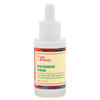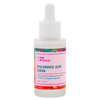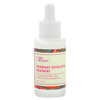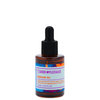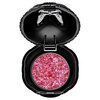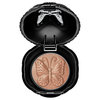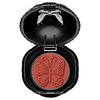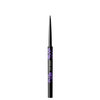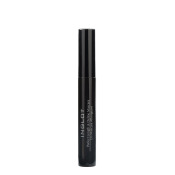Mascara is one of those things that instantly makes us feel put-together. A single swipe can make eyes look bigger, brighter, and more alert (even on four hours of sleep). And with so many formulations in pocket-sized tubes—lengthening, volumizing, curling—it’s one of the simplest ways to transform your look.
There are a few qualities that any good mascara should have, according to Jenny Frankel, president at Frankly Beauty, Inc., beauty engineering consultant, and former cosmetics formulator. “You want proper creaminess and non-greasy slip, and the consistency should stay stable across a wide temperature range,” says Frankel. Also important in her book: easy application and removal, uniform coverage, and quick drying time. Below, Frankel walks us through the key ingredients in mascara that give lashes their allure.
The Key Science: Waxes, Polymers, and Pigments

There are two main types of mascara: cream and waterproof. Cream mascaras are made up of waxes and polymers mixed (but not dissolved) in water. Waterproof versions, on the other hand, contain many of the same ingredients mixed in a non-aqueous solvent, such as dimethicone or acrylate copolymer. Since waterproof mascaras don’t contain water, they won’t dissolve in it (remember “like dissolves like” from high school science class?). This lets them stay put through tears, swimming, and uber-romantic kissing in the rain (yep, we have waterproof mascara to thank for Audrey Hepburn’s amazing lashes in the final scene of Breakfast at Tiffany’s—well, and probably falsies, too.)
Structural agents like beeswax, cellulose polymers, and carnauba (palm) wax are what give mascara its body and firmness, while emollients like butylene glycol, glycerin, and dimethicone (a silicone polymer with a “slippery” feel) keep it soft and flexible, so it won’t flake off during the day. Emulsifiers—glyceryl stearate is a common one—are also used to keep the ingredients from separating.
And let’s not forget about pigments. These are typically added in the form of carbon black or iron oxides, although colored mascaras often contain synthetic ultramarines, which range in color from deep-blue to violet and pink. Pigment concentrations range from as low as 0.5% for a really natural look to as high as 10% for midnight-black lashes.
Added Effects

the claim: lengthening
what the mascara contains: silk fibers that adhere to lashes, making them look longer
our pick: Inglot Cosmetics Perfect Length & Define, $10

the claim: curling
what the mascara contains: cellulose polymers (structural agents) that add body; the style of brush is important, too—Frankel says to look for mascaras with a thick, u-shaped brush to maximize curl.
our pick: Anna Sui Perfect Mascara, $28

the claim: volumizing
what the mascara contains: a higher percentage of beeswax, carnauba wax, or ozokerite, a naturally occurring mineral wax, that thicken the formula; some volumizing mascaras contain larger, 40-micron pigments that help build volume
our pick: Kevyn Aucoin The Essential Mascara, $32
The Last Word
Most mascaras contain preservatives that help prevent microbial contamination. While the antimicrobial properties are good—they keep mascara fresh for up to three months and prevent eye infections—some brands use relatively noxious preservatives like parabens, or worse, thimerosal (we recommend steering clear of this mercury-based preservative!). There are a few products on the market that are preservative-free or use natural preservatives like grapefruit seed extract and citric acid. We like Korres Provitamin B5 & Rice Bran Mascara, $18.
Featured Products
You Might Also Like
-
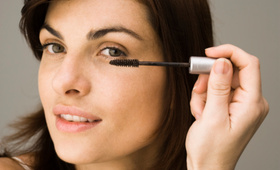
Mascara
DIY Beauty: Mascara Protector
- 318
-
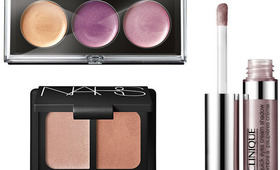
Eye Shadow
The Best Cream Eye Shadows
- 61
-
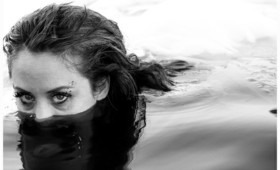
Mascara
Best Waterproof Mascaras
- 146
-

Eyes
The Dreaded Clump: How To Avoid Excessive Mascara
- 624
-
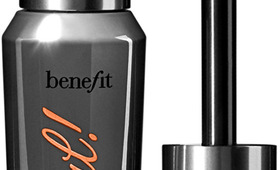
Mascara
Benefit They're Real—1-Day Exclusive Preview
- 26
-

Tutorials
How to Tightline Eyes
- 4197
-

Eye Shadow
3 Cream Eyeshadows That Truly Don’t Budge, Even in the Heat
- 382
-
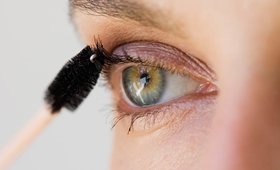
Mascara
Makeup For Beginners: Mascara For Your Eye Shape
- 886






